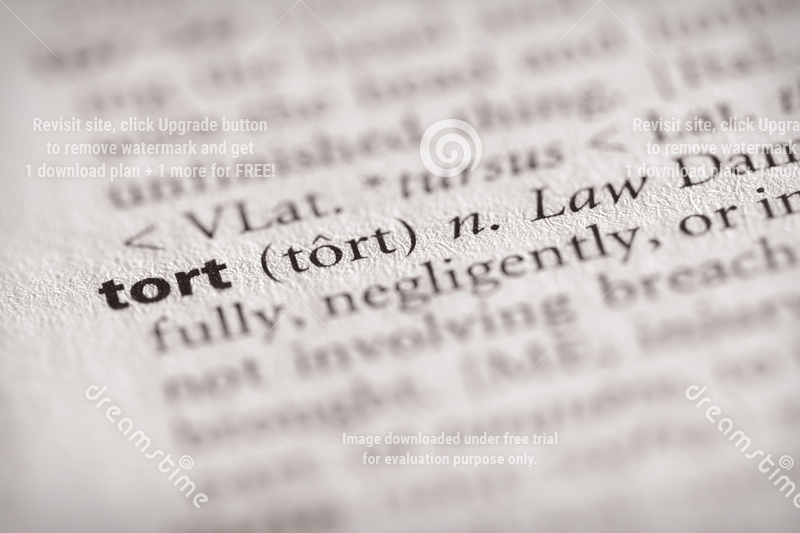Class Action Lawsuits bring together those who seek compensation for injuries or financial losses caused by the same party. The goal of a Class Action Lawsuit is to consolidate all similar cases into one single Class Action. This is an effective way of litigating for those people who suffered from the actions of the same defendant, as suing individually will be time and money consuming.
In brief, Class Action lawsuits are based on various disputes that affect a large number of individuals. The most common types of Class Actions include defective or unreasonably dangerous products, unfair or fraudulent business practices, employment-related claims and so on.
A lawsuit becomes Class Action if one or more plaintiffs, known as Lead Plaintiffs, file a lawsuit on behalf of a larger group of people who have suffered similar harm from the same party. As soon as a case is started, all the potential plaintiffs are contacted about their desire to participate. There is no specific number of plaintiffs needed to file a Class Action Lawsuit by law, however, most judges will not certify a class unless there are at least a few dozens of people involved. In some cases, the number of plaintiffs involved in a Class Action can reach even to millions.
The legal requirement for the number of Class Action members is that it should be “so numerous that the joinder of all members is impractical.” This means that the number of plaintiffs in the class action lawsuit must be so large that it will be extremely hard or even impossible to bring each member before the court to appear as the plaintiff party. Courts generally find numerosity where there are over 40 plaintiffs but far less likely to find numerosity where there are less than 20 plaintiffs.
To file a class action lawsuit successfully, it is wise to apply an experienced and skillful class action attorney for help.

